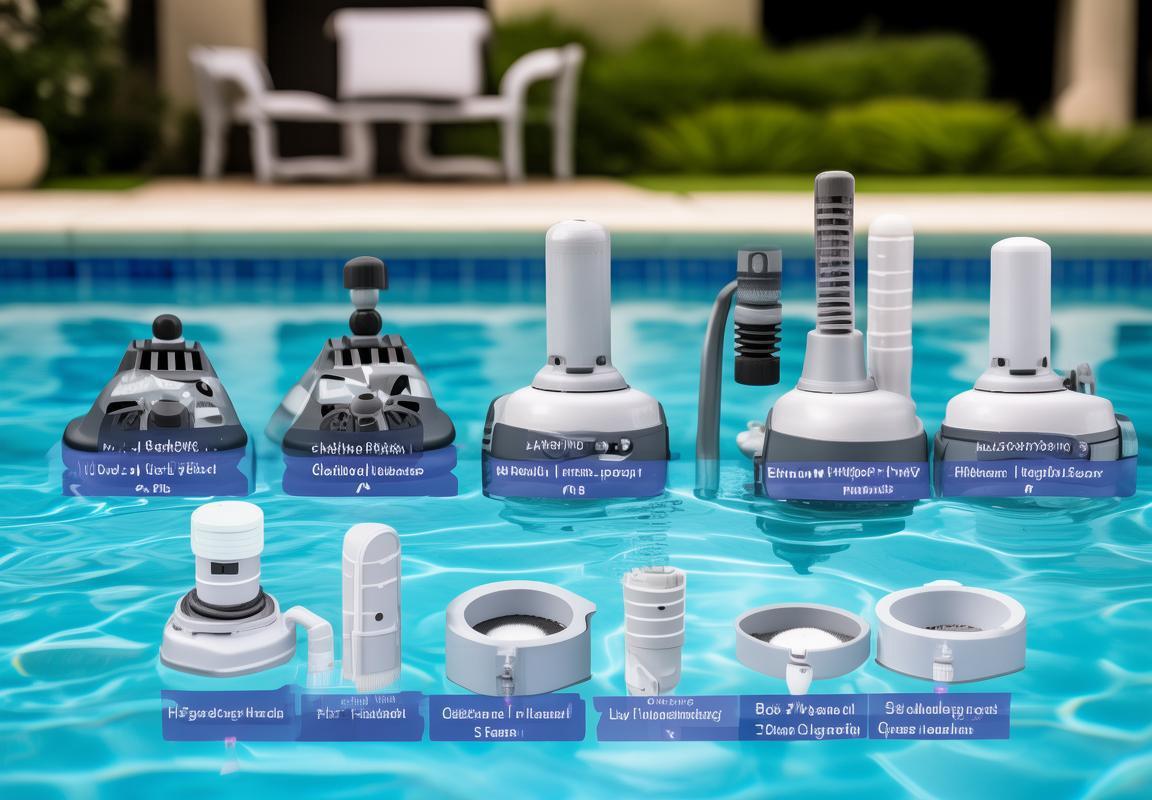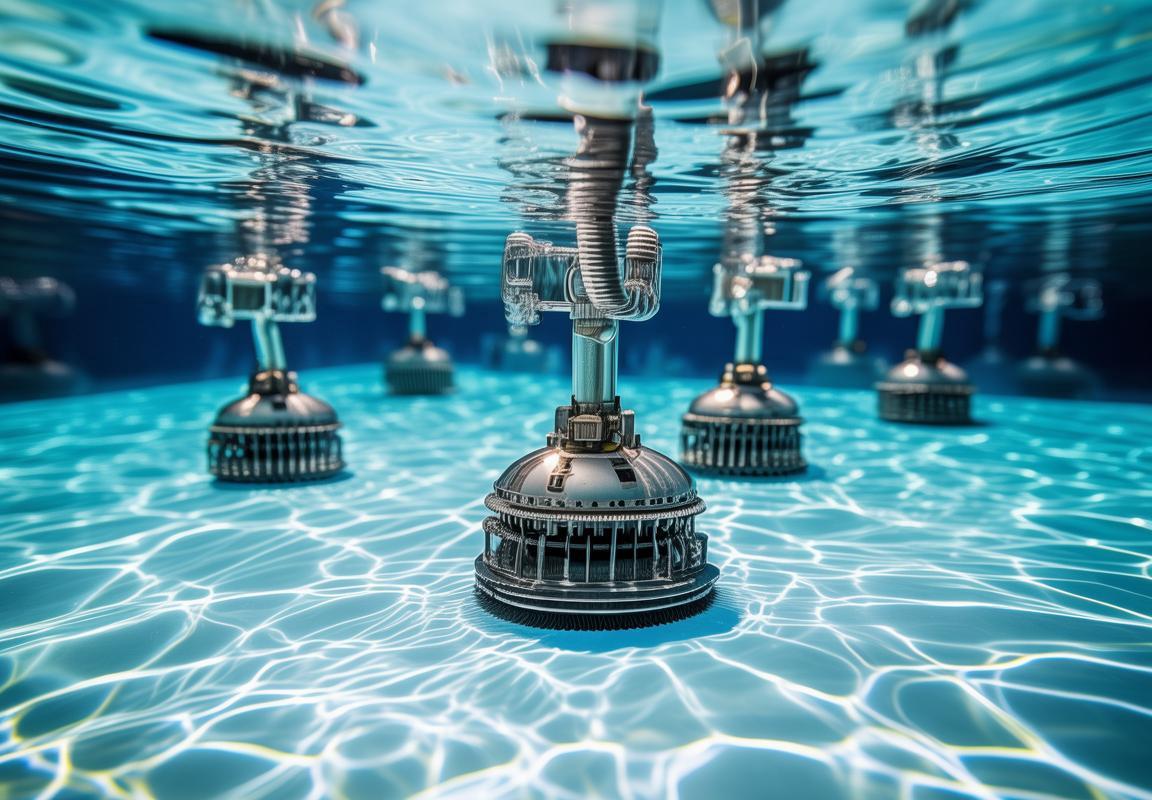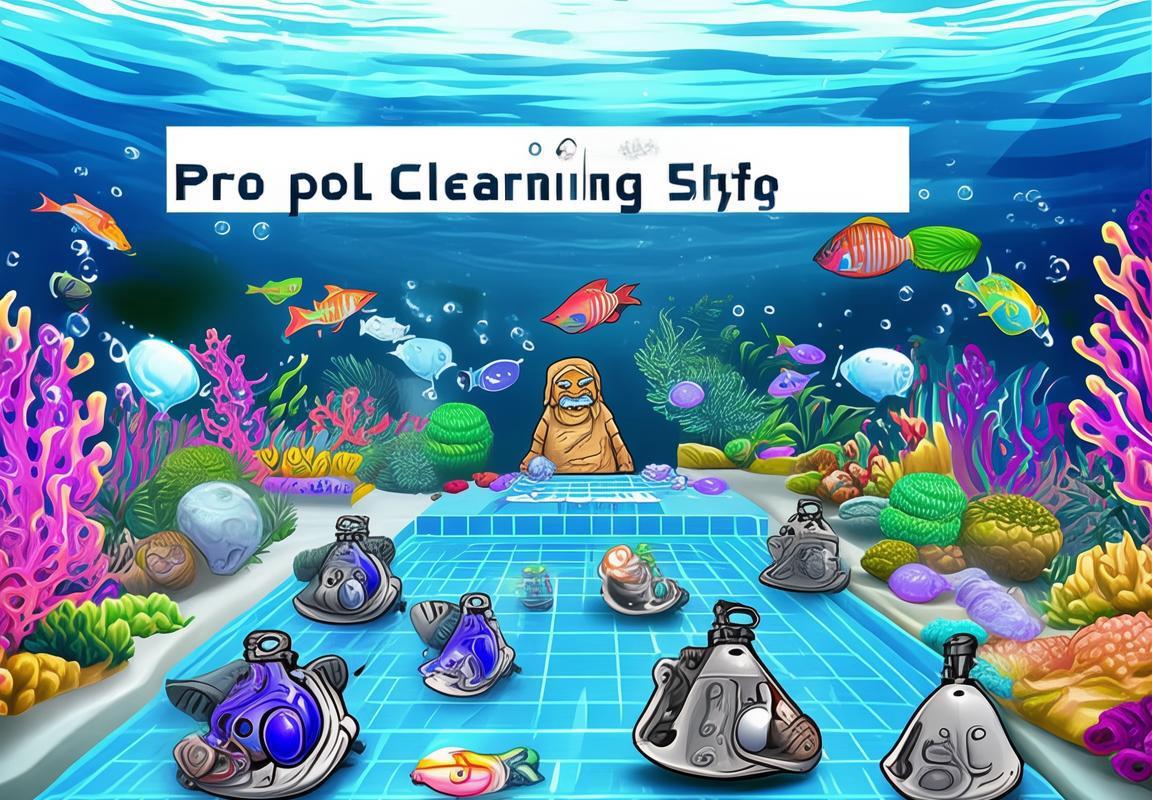Pool Cleaner Head Hacks: Optimize Pool Maintenance with the Right Robotic Pool Cleaners
Pool maintenance shouldn’t be a chore, yet a poorly chosen pool cleaner head can waste time and money. Common myths like “all heads work the same” or “more suction equals better cleaning” are false—suction-side, pressure-side, and robotic pool cleaners each behave differently. For example, excessive suction can cause heads to stick, while ignoring brush types or settings can hinder even high-end bots. To pick the right Pool cleaner head, match it to your pool’s needs: heavy-duty rollers for concrete, soft bristles for vinyl, or wide-mouth suction for leafy debris. Pro tips like the tennis ball trick (preventing hose tangles) or adding weights (stabilizing bouncy heads) can optimize performance. Recognize when to replace your head—if it spins uselessly, sticks stubbornly, or quits randomly, it’s time for an upgrade. A good pool cleaner head should clean efficiently, not leave you constantly troubleshooting. Skip duct tape fixes and choose a head tailored to your pool’s personality. And if all else fails? Blame the kids for those Legos in the deep end.


